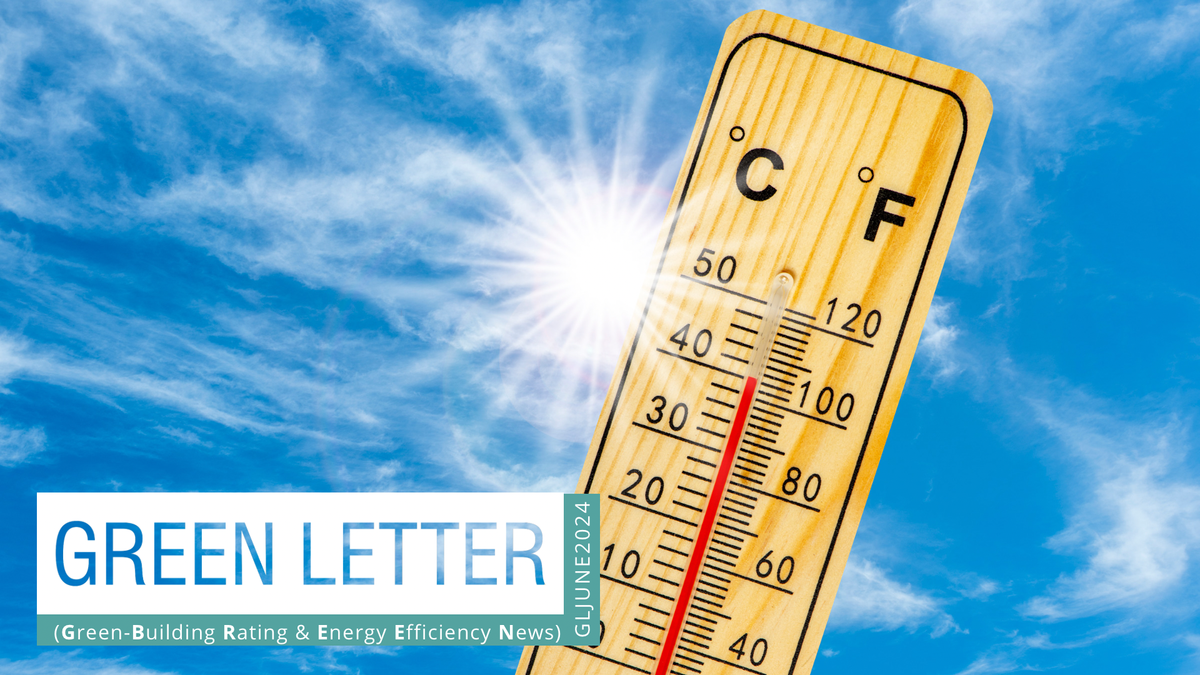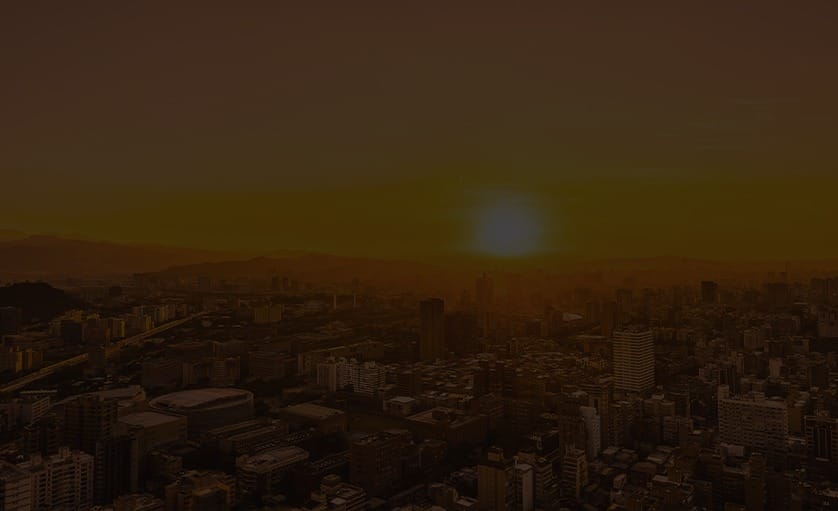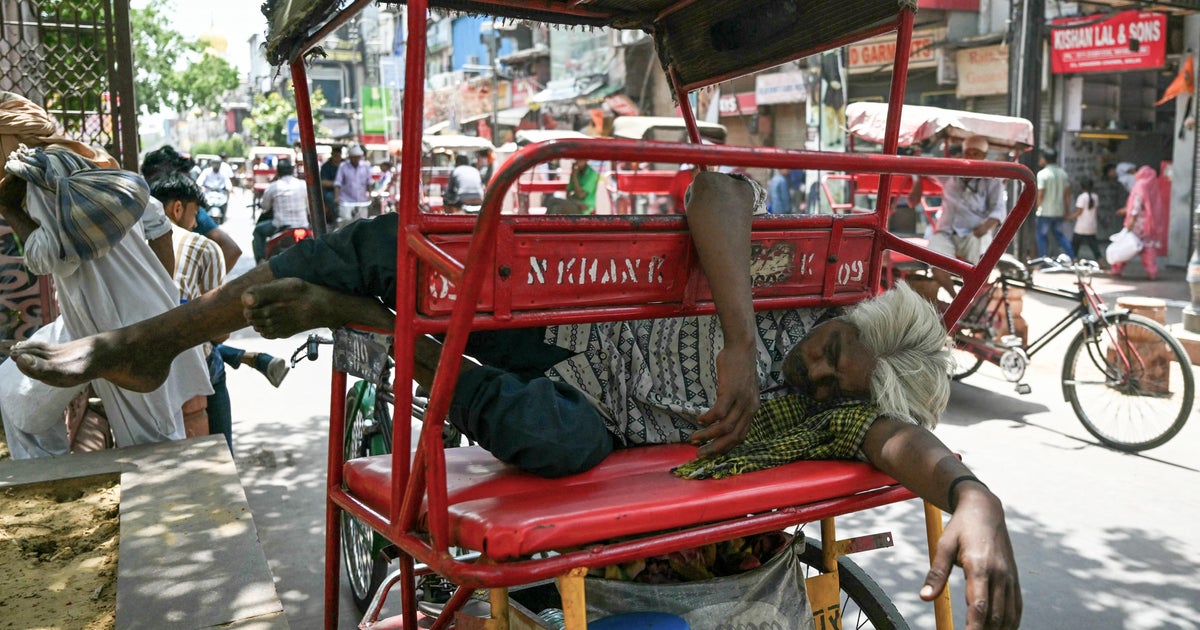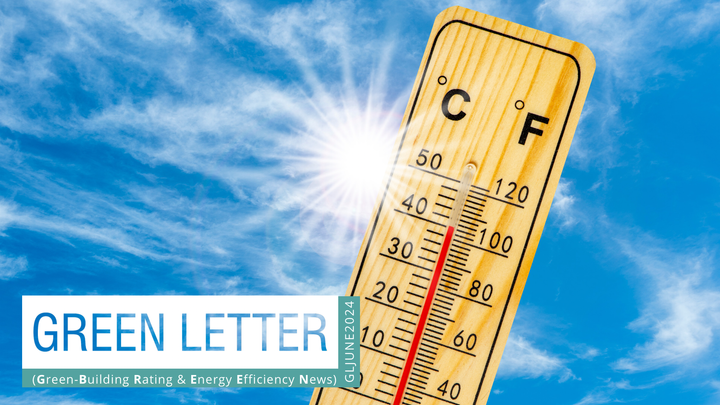GreenLetter VIII : Urban Heat Islands in India

Dear Reader,
We all know that India experienced one of its worst heatwaves ever in 2024. Heatwaves are now the biggest threat to India's well-being. Record-breaking temperatures of over 48°C in the North, West, and Central regions highlight the severity of the climate crisis. As an example see Delhi's summer temperatures consistently touching and exceeding 45 °C for this summer.

This isn't just a local issue but part of a global trend of rising temperatures. Studies show that climate change has significantly increased the intensity and frequency of heat waves in India, with extreme events in 2022, 2023, and 2024 growing progressively worse.
What are Urban Heat Islands?

Urban Heat Islands (UHIs) are urban areas that experience significantly higher temperatures than their rural surroundings.
UHI is caused by human activities and urbanization, which replace natural landscapes with buildings, roads, and infrastructure that absorb and retain heat.
Factors like reduced vegetation, increased energy consumption, and heat emissions from vehicles and industrial activities further contribute to the UHI effect.
India's urban population is expected to reach 60% by 2050, leading to higher greenhouse gas emissions and more intense UHI effects. As the urban population grows, demand for high-occupation-density areas like workplaces, commercial zones, high-density residential areas, etc will also increase. Correspondingly the UHI effect will cause increasingly severe impact to a large section of the urban population. UHI's can worsen heat-related health issues, increase energy demands, and also raise air pollution levels in cities.
To learn more about the contributing factors and their impact on urban populations.
UHI Mitigation Measures
Mitigating Urban Heat Island (UHI) effects involves two primary strategies: enhancing urban vegetation and modifying urban built surfaces.

- Urban vegetation, such as trees and green roofs, cools temperatures through evapotranspiration. These measures not only reduce temperatures but also improve air quality and overall urban well-being
- Cool roofs reflect and emit the sun's heat back into the sky, reducing heat absorption.
- Cool pavements use high solar reflectance materials to reduce temperatures in urban areas.
- Green roofs provide a vegetative layer that reduces surrounding air temperatures, improves comfort, and lowers cooling energy consumption.
Interview with Dr. Surekha Tetali
Our latest interview with Dr. Surekha Tetali, an expert in Urban Heat Islands in India, touched upon multiple important aspects of the UHI phenomenon. The nearly hour long online interview included topics like
- Improving Energy Efficiency with Cool Roofs
- Cooling Shelters for the Urban Poor to mitigate heatwaves
- Economic Impact of UHI on GDP and more.

Current Challenges and Future Opportunities
UHI leads to various challenges, including health issues, increased energy demands, and higher pollution levels. Addressing these challenges presents numerous opportunities for creating more sustainable urban environments.
Current Challenges:
- Lack of Integrated Planning: Urban areas are often designed without considering their impact on temperatures that leads to higher heat levels.
- Insufficient Urban Greenery: Cities lack enough trees and plants to help cool down the environment that worsens the UHI effect.
- Impact on Vulnerable Populations: High temperatures severely affect the urban poor and those without access to air conditioning.
Future Opportunities:
- Climate-Friendly Buildings: Design buildings with "zero heat impact" that help reduce urban heat through innovative designs and technologies.
- Public Awareness and Engagement: Educating people about UHI and involving them in finding solutions.
- Innovative Green Solutions: Implement green roofs, cool roofs, and more green spaces to lower urban temperatures.
- Policy Development: Create policies focused on reducing UHI effects, especially for vulnerable populations.
By addressing these challenges and leveraging these opportunities, we can create cooler, more sustainable cities.

Heatwave Alert!
To get the science behind how these mitigation measures work, and how they can promote resilience and sustainability in urban environments
Read the Full ReportHeatwave in the News













